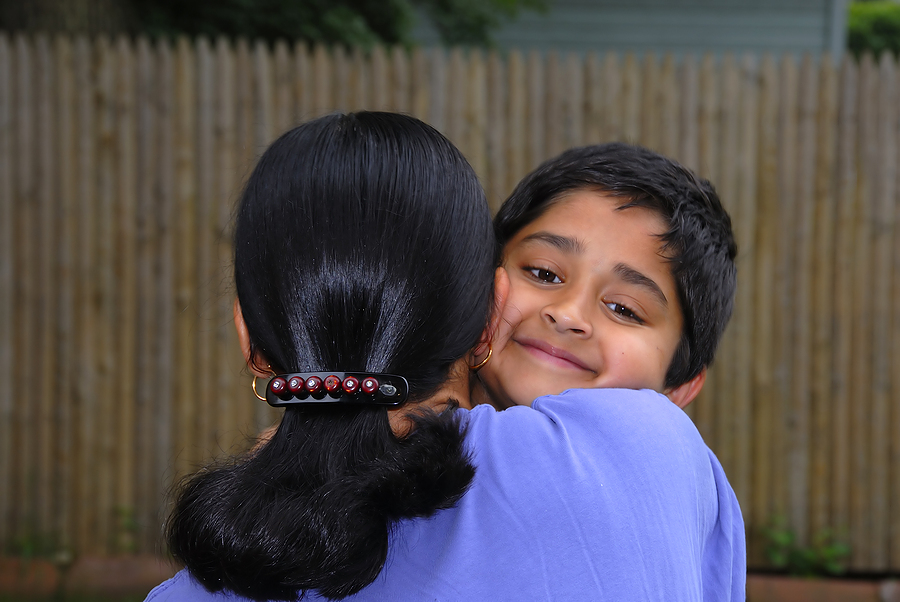By: Uma Mahadevan-Dasgupta
The recent reports of bullying at the Sainik School in Tilaiya, Jharkhand seem somehow all the more shocking because this time, the incident has been recorded on video. Instead of merely reading the victim’s account and feeling upset about it, we are forced to actually witness the act in its grotesqueness. As a mother sitting here in Mumbai, I was horrified: I cannot even begin to imagine the feelings of parents whose children are being subjected to such treatment. As for the children who left the school unable to bear the physical and psychological torture, who will repair the damage to their self-esteem?
It is time for India to get serious about the practice of bullying or “ragging”. This brutal, sadistic practice has already claimed enough young lives and killed so many other dreams. The legislation and regulations already exist, but they will only acquire force when schools, colleges and universities provide a zero-tolerance environment along with strong resources for help. Even after a complaint mechanism is established and formal complaints are made, it is crucial to protect the privacy of victims and witnesses, especially when students from rich and influential families take the lead in the bullying of less privileged students.
The student community should also help by spreading a strong and unequivocal message on their social media networks. If legislation is insufficient, then social stigma – making it ‘uncool’ to rag new students and juniors – can eventually shame the bullies into civilized behaviour. Besides, there is always the method used by the victim in the Sainik School case, one that other victims and witnesses could make use of – the camera phone. Why not sting the bullies, whenever it is possible, and expose them?
Swift and visible punitive action is only one element of the solution. It is equally important for institutions to introspect critically about the quality of pastoral care they offer. Families from all over India send their children, with considerable difficulty, to boarding schools and college hostels in the hope of giving them a better life. New students usually have to handle all sorts of adjustment issues, from food to language to the pressures of independent study. Institutions should provide a safety net to students who struggle with such issues by arranging for friendly orientation sessions, mentoring by seniors, and frequent one-to-one meetings by faculty with new students, however brief, just to touch base and ensure that they are thriving. Strong mentoring could even bring about a change in the bullies themselves.
But the fundamental question raised by this incident is about the way in which we bring up our boys. If we want to create a better world for our children, then as Gloria Steinem said, it is not enough to raise our girls to be more like boys; it is also time for us to raise our boys to be more like our girls. As the mother of two boys, I am always conscious of the challenge faced by Indian parents in teaching boys the values of courtesy, decency and level-headedness. This is because as a culture, India encourages brattishness in boys. Their birth is celebrated more than that of girls. Even the hospital helpers expect higher tips if it’s a boy. In their growing years, boys are given innumerable freedoms while their sisters are kept more “protected” (read: controlled). “Boys will be boys” is the general refrain, even if it can lead to little monsters or even Manu Sharmas.
***this article was originally published on Uma’s Blog here.
**Views expressed in this article are strictly those of the author**
Uma’s Blog: http://indianwriting.blogsome.com
Twitter: @zenmotherhood




There are no comments
Add yours